Naga Fireballs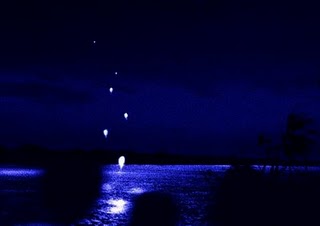
© Unknown
Each year, hundreds of fireballs spontaneously explode out of Thailand's Mekong River. Known as "bung fai paya nak" or "Naga fireballs," they have appeared on the "late Autumn night of the full moon at the end of the Buddhist Lent for as long as anyone can remember," according to a 2002
Time magazine story about the phenomenon. Some believe the balls come from the breath of Naga, a mythical serpent that haunts the river; locals use old grainy pictures and postcards of the mythical beast to prove its presence to tourists. Others believe the fireballs are actually pockets of methane bubbling up from the river, but many locals remain convinced that the fireballs are of a supernatural origin.
Earthquake Lights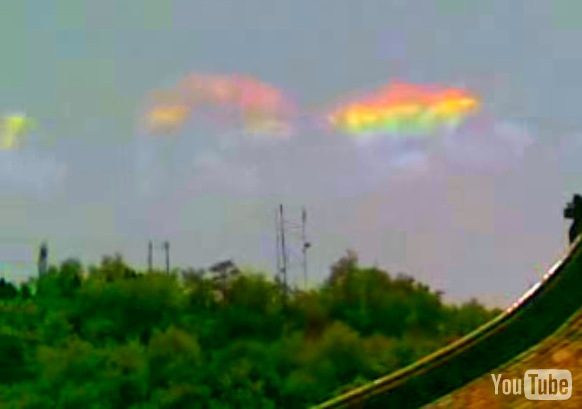
© Unknown
These are mostly white or bluish flashes that precede large earthquakes and last for several seconds. They have been reported infrequently for hundreds of years, according to the U.S. Geological Survey. It wasn't until the 1960s, when people took pictures of this phenomenon during the Matsushiro earthquakes, that the scientific community started to take it seriously. Since then, scientists have created many theories for the origin of the lights, involving everything from piezoelectricity and frictional heating to phosphine gas emissions and electrokinetics. But most recently, scientists suggested that the lights are caused by pre-earthquake elements that awaken the natural electrical charge of rocks, causing them to sparkle and glow.
The Honduras Rain of FishesThe Rain of Fishes is a common yearly event between the months of May and July in Honduras. Dark clouds roll in, followed by lightning, thunder, heavy rain, and wind lasting one to two hours. Afterward, hundreds of living fish are found on the ground, waiting for people to take them home to eat.
The Honduras Rain of Fishes is not the only example of this phenomenon. For example, in 1947 Louisiana, in a one-hour span, thousands of freshwater fish fell in a 70,000- to 80,000-square-foot area. No unusual weather preceded the event. When fish or other freshwater creatures fall from the sky, usually the culprit is a waterspout, a whirlwind that touches down over a pond, lake, or other body of water. The force of the wind sucks the water and whatever happens to be living in it up into the air, eventually depositing it some miles away, hence the rain of fishes. However, there is no obvious explanation for why this happens so regularly in Honduras.
Locals believe the Rain of Fishes to be an honest to goodness miracle. According to legend, when Father Jose Manuel Subirana first came to Honduras, he was appalled by the poverty he saw. He prayed for a miracle, and the Rain of Fishes was the answer to his pleas. It's been happening ever since, almost every year, locals welcoming it with the Rain of Fish Festival. [1]
Climbing Goats of Morocco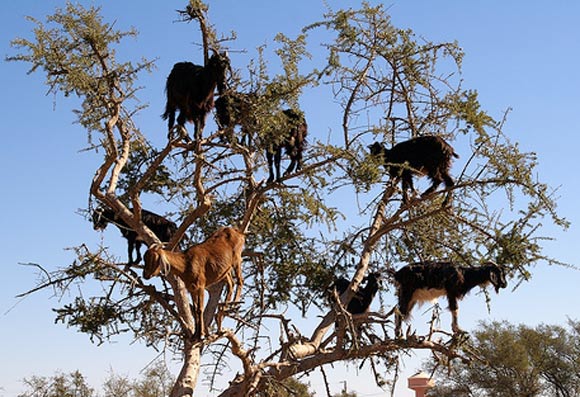
© Unknown
It's not birds falling out of the sky or fish washing up on the shore en masse, but it is truly weird to see goats in a tree. In one of the more bizarre examples of animal adaptation, these Moroccan goats have taken to tree climbing in a manner resembling nothing more so than great big, hoofed squirrels. Why they do it is no mystery: they're hungry. With food scarce at ground level, the goats have taken to the branches in search of fruit. Seems straightforward enough, and goats are noted climbers, but this really does need to be seen to be believed.
Black Sun in Denmark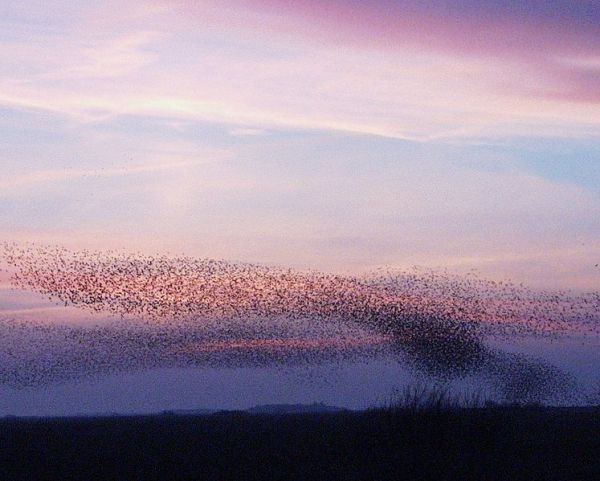
© Unknown
In the marshlands of Denmark, up to a million migratory starlings gather in huge flocks and form tight formations in the sky together. The movement of the flock in the sky has been likened to a dance and seems to literally block the sun.
The events occur around sunset when the starlings are done feeding for the day. They alight as one to find a place to rest at night, forming into huge flocks. Things get really interesting when a bird of prey shows up to hunt the starlings. The almost gelatinous swarm of birds contorts and rotates in the sky as the birds struggle together to avoid the hawks. Although this phenomenon has been more or less explained, it still defies understanding. If you want to see it for yourself in person, visit Denmark as the seasons change and head to the Tonder marsh around sunset. [2]
Ball Lightning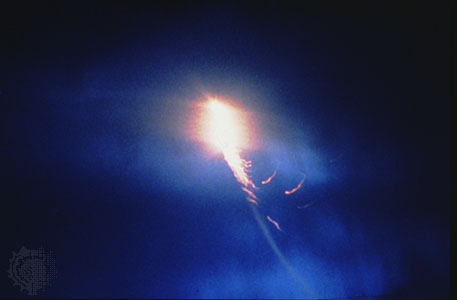
© Unknown
These atmospheric electrical phenomena have confused observers for generations, being mistaken for spirits, demons, UFOs, and more. Reports of spherical-shaped floating "lightning balls," ranging from pea-sized to meters wide, have circulated with varying descriptions of their behavior. Some accounts even state that ball lightning has entered buildings.
Because they are so rare, scientists seldom get the opportunity to study these fantastic displays of energy, and so their true origin remains shrouded in mystery. However, scientists have recently been able to recreate ball lightning, or something like it, in a laboratory setting, if only for an instant.
Penitentes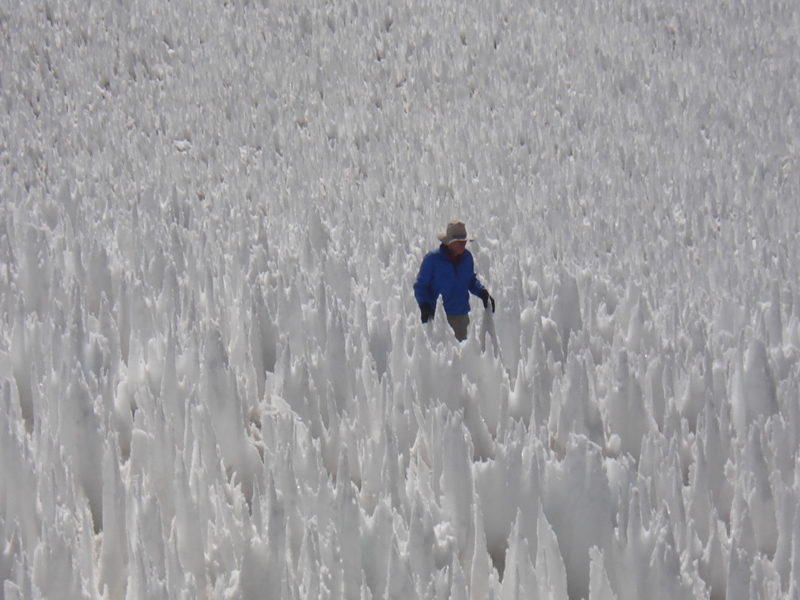
© Unknown
These natural phenomena are snow formations that occur at high altitudes, like mountain glaciers, in severely cold locations. They are thin spikes of hardened snow or ice, closely spaced together, up to 2 meters tall. They look like a sea of upside-down icicles and can cover a vast area. The first recorded description of penitentes comes courtesy of Charles Darwin, who encountered them in the Andes Mountains on his way to Chile. The locals believed, and still believe, that the strange snow formations are caused by strong winds. However, scientists noticed that the penitentes always form with their tips pointing toward the approximate position of the sun, making them wonder whether the sun's rays may be the actual culprit. [3]
It's still not clear what forms the penitentes, but scientists have determined that extreme cold is necessary in order for the snow to sublimate (turn directly into gas) rather than melt, then refreeze. On one occasion, penitentes were even created in a laboratory freezer with the aid of some dirt and a bright spotlight to stand in for the sun. If we can determine what really causes these snow spikes, we may be able to artificially recreate them on glaciers, providing more shade and slowing the melting process. [4]
Fire Whirl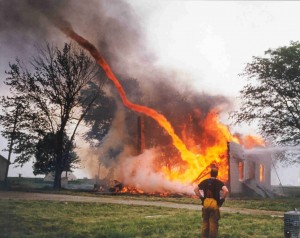
© Unknown
Also known as a fire tornado, a fire whirl is a rare natural phenomenon that occurs under specific air and current conditions, sometimes during brush fires. A raging fire can sometimes develop a swirl and rise vertically, creating a tornado-like column of fire.
These are most common during brush fires, but the largest of these are the result of massive wild fires. The largest recorded have been over a kilometer high. In 1923,the Great Kanto Earthquake in Japan touched off a massive firestorm. The resulting fire whirl killed 38,000 people in just 15 minutes. If you're interested in seeing one for yourself in a safer environment, head on down to the annual Burning Man festival in Nevada, where they frequently occur during both the lighting of the "The Man" and "The Temple." [5]
Waves of Fog
© Extremeinstability.com
In 2008, an odd storm over the Badlands in South Dakota produced some amazing fog. The fog came literally in the form of gigantic waves passing over the land. Luckily, somebody was on-site to capture photographic records of what may be one of the most bizarre weather events of all time. In the pictures and video, taken by Mike Hollingsead of "Extreme Instability," you can see the immense waves of fog as they approach over the stunning landscape of the badlands, envelop the photographer in thick fog banks and raging winds, and then depart just as quickly as they came.
It's unclear what caused the fog storm, or whether this kind of event is a common occurrence or unique. Regardless, it was a highly unusual and breathtaking event, as the photographic evidence proves! [6]
Fire Rainbow
© Unknown
When the sun is high and its light passes through certain cirrus clouds, sometimes a beautiful spectrum of color is produced, seemingly inside the clouds. The rainbow of color looks like a burning fire due to the thin, wispy shape of the clouds. This strange and beautiful natural phenomenon is as rare as it is delightful to behold, yet some attribute a sinister meaning to it. Conspiracy theorists have connected these "rainbows" to supposed weather control experiments, the Chinese government, HAARP (a U.S. weather research program in Alaska that some claim is doing more than just observing the weather), and a number of other clandestine operations. They attribute the rainbow to "chemtrails," a tell-tale sign of weather manipulation. [7]
In fact, there is no solid evidence to back up these claims. Fire rainbows occur when the sun is high in the sky (at least 58 degrees above the horizon) and its light passes vertically through the hexagonal water crystals that form in wispy cirrus clouds. So if you see one of these in the sky, consider yourself lucky and grab a camera - don't head for the hills. [8]
Sources:1. http://www.associatedcontent.com/article/412120/yearly_rain_of_fish_in_honduras_remains.html
2. http://www.visitdenmark.com/uk/en-gb/menu/turist/inspiration/aktivferie/natur/the-black-sun-phenomenon.htm
3. http://en.wikipedia.org/wiki/Penitentes
4. http://www.newscientist.com/article/dn11309
5. http://en.wikipedia.org/wiki/Fire_whirl
6. http://www.darkroastedblend.com/2008/07/fog-storm-over-badlands.html
7. http://boingboing.net/2010/01/18/haiti-haarp-and-cons.html
8. http://www.snopes.com/photos/natural/firerainbow.asp
Reader Comments
to our Newsletter